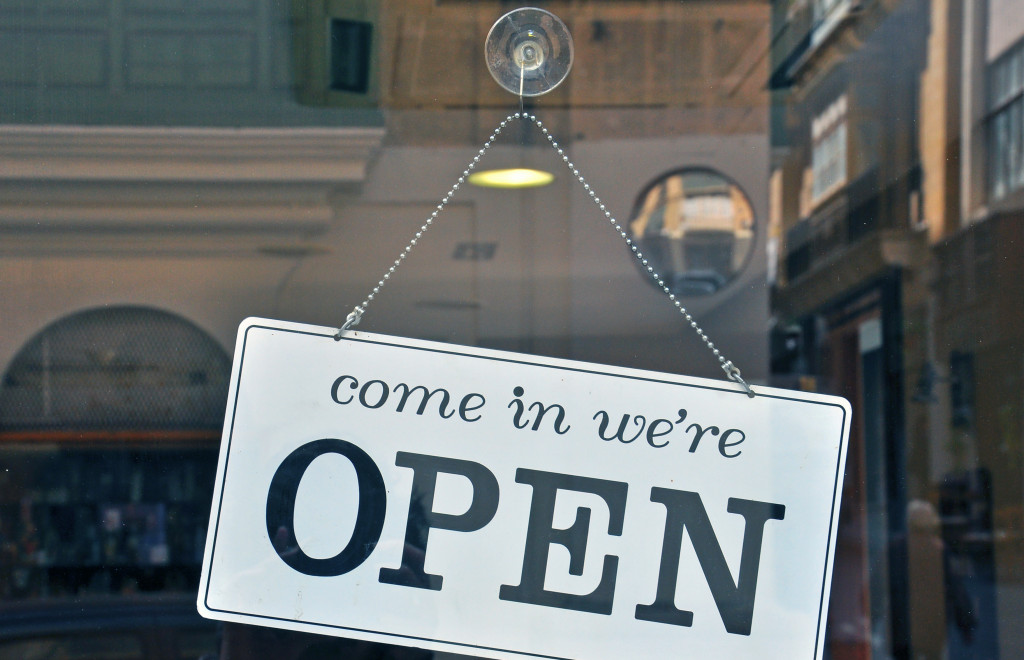• The U.S. retail market is highly competitive, driven by consumer expectations of convenience, speed, and ease of use when they shop online or in-store.
• Evolving technology, such as mobile devices and AI, are paramount for businesses hoping to remain successful in this sector.
• Businesses must differentiate themselves from their competitors to stand out in the marketplace.
• Consider buying a fixer-upper and renovating it if you want to save money.
• Investing in omnichannel retailing helps retailers create a unified customer experience across all channels.
There are many industries in the U.S., but retail is one of the most vital sectors contributing to the country’s economic growth. Retailers provide access to essential goods and services for everyday life, such as food, clothing, and household supplies. The retail sector also provides employment opportunities to millions across the nation and contributes billions of dollars in revenue to the country. Here’s what you need to know about this sector.
The Competitive Nature of Retail
The retail market in the United States is one of the most competitive in the world. With customers expecting fast and convenient shopping experiences, businesses must stay up-to-date with trends and technology. Here’s a look at why the U.S. retail market is so competitive and what you can do to keep your business afloat amid this increasingly challenging landscape.
Consumer Expectations
The critical factor driving competition in the U.S. retail sector is consumer expectations. Customers today demand convenience, speed, and ease of use when they shop online or in-store, and retailers must meet these needs if they hope to remain successful.
This means offering multiple payment options, quick delivery times, secure online checkout processes, and more. By meeting customer expectations on these fronts—and others—retailers can set themselves apart from their competitors and gain an edge over them in a crowded marketplace.

Evolving Technology
Another primary reason the U.S. retail market is so competitive is that it relies on evolving technology to enhance online and offline customer experiences. For example, mobile devices have become increasingly essential for businesses hoping to reach their target audiences quickly and effectively with their products or services.
If a business doesn’t have an optimized website or app available for customers on their phones or tablets, they will likely lose potential sales opportunities due to this lack of adaptability in today’s tech-driven world.
Additionally, artificial intelligence (AI) technologies are becoming increasingly popular within the retail space; AI helps businesses automate tasks and gives them insights into customer behavior that will help them better serve their clients in the future.
Stiff Competition
Finally, competition within the U.S retail sector is also fierce due to its sheer size; with thousands of retailers vying for customers’ attention every day—both online and off-line—it can be difficult for any single retailer to stand out from the crowd without taking specific steps to make themselves unique from their competitors. Therefore, businesses need to take stock of what makes them different from other companies in their field—such as pricing models, product offerings, marketing strategies, etc.—and then focus on leveraging those differences to attract more customers than their rivals.
Tips to Get Started
The U.S. retail market has become incredibly competitive for various reasons. So for businesses hoping to succeed in this fiercely contested landscape, you need a great start. Here are a few additional tips for doing that.
Choose a Fixer-Upper
Retail stores can be expensive, so it’s often a better investment to buy an existing store that needs some work and renovation. This will allow you to get your business up and to run faster and help you save money in the long run.
When it comes to renovations, concentrate on your storefront, especially on your store’s windows. First, fix your windows by hiring a professional commercial glass replacement service. They can repair your windows and ensure that they are cleanly installed.

Embrace Omnichannel Retailing
Omnichannel retailing is another great way for physical retailers to stay ahead of the competition by creating a unified customer experience across all channels — including brick-and-mortar stores, websites, mobile apps, and social media platforms — while still meeting customers where they are most comfortable shopping.
For example, a retailer might offer delivery options from their brick-and-mortar location or allow customers to pick up online orders at the store. Both strategies save time for shoppers who don’t have time or inclination for traditional shopping experiences.
Focus on Customer Experience
The key to staying competitive in a crowded marketplace is providing a superior customer experience. This means investing time and resources into understanding what your customers want and need and ensuring their shopping experience is seamless across all channels — from brick-and-mortar locations to your website.
For example, a retailer could keep track of customers’ purchase histories or preferences so that they can offer personalized discounts or advice when they return. Additionally, retailers should consider how their store layout impacts the overall customer experience and ensure it’s optimized for maximum efficiency.
The retail sector is a vital part of the U.S. economy, and businesses need to stay competitive to survive and thrive in this ever-changing landscape. By understanding consumer needs and investing in suitable options, you can be successful in this sector in no time.





